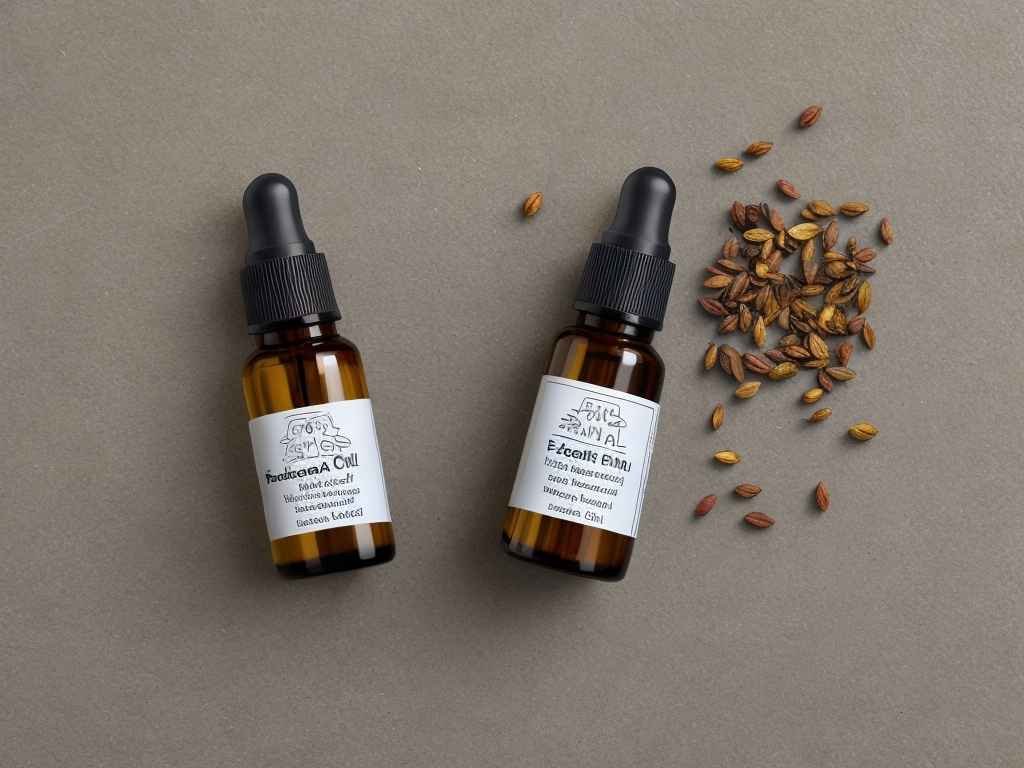Camellia oil, often dubbed the “beauty secret of the geishas,” has been revered for centuries for its versatile applications and impressive health benefits. Derived from the seeds of the Camellia plant, this oil is a powerhouse of nutrients and has a rich history rooted in East Asian cultures. Known for its lightweight texture and powerful moisturizing properties,Camellia Oil Used For skincare, haircare, and even culinary traditions. Let’s delve deeper into the world of camellia oil and explore its myriad uses.
What is Camellia Oil?
Origin and Extraction
Camellia oil is extracted from the seeds of various Camellia plant species, including Camellia sinensis (tea plant), Camellia oleifera, and Camellia japonica. Each species offers unique benefits, contributing to the oil’s versatility. The extraction process typically involves cold-pressing the seeds to preserve the oil’s nutritional value. This method ensures that the oil retains its beneficial compounds, making it a potent addition to skincare, haircare, and culinary applications.
Nutritional Profile
Camellia oil boasts a rich nutritional profile, packed with vitamins A, B, D, and E, along with potent antioxidants like polyphenols and squalene. These nutrients help combat free radicals, promote skin health, and support overall well-being. The oil is predominantly composed of oleic acid (omega-9 fatty acid), linoleic acid (omega-6 fatty acid), and alpha-linolenic acid (omega-3 fatty acid). This unique fatty acid profile contributes to its moisturizing, anti-inflammatory, and nourishing properties.
Explore: Camellia oil benefits
Camellia Oil Made From
Camellia oil is derived from the seeds of the Camellia plant, specifically the Camellia oleifera, Camellia sinensis, and Camellia japonica species. These seeds are carefully harvested and cold-pressed to extract the oil, ensuring that its nutritional benefits are fully preserved.
Explore: What is camellia oil made from
Camellia Oil Used For
Benefits for Skin
Camellia Oil Used For skin as it is lightweight texture which allows it to penetrate deeply into the skin, providing intense hydration without clogging pores. It’s an excellent moisturizer for all skin types, especially dry and sensitive skin. Rich in antioxidants and vitamins, camellia oil helps to reduce the appearance of fine lines and wrinkles. Its ability to promote collagen production and skin elasticity makes it a popular ingredient in anti-aging skincare products. Thanks to its anti-inflammatory properties, camellia oil can help soothe acne-prone skin and reduce redness. Its non-comedogenic nature ensures it won’t clog pores, making it a great option for those with acne.
Explore: Camellia Oil Benefits for Skin: Unveiling the Secret to Radiant and Healthy Skin

For Skin Whitening
Camellia Oil Used For its brightening properties. It helps to even out skin tone and reduce hyperpigmentation, resulting in a more radiant complexion. Regular use of camellia oil can help lighten dark spots and improve overall skin clarity.
Explore: Camellia oil for skin whitening
Hair Care
Camellia Oil Used For hair as it strengthens hair from the roots to the tips, reducing breakage and split ends. Its high vitamin E content nourishes the scalp and promotes healthy hair growth. By improving blood circulation to the scalp, camellia oil stimulates hair follicles and encourages faster, healthier hair growth. Regular use can result in thicker, shinier hair. Camellia oil’s antimicrobial properties help maintain a healthy scalp by preventing dandruff and other scalp conditions. Its moisturizing effects also soothe dryness and itchiness.
Explore: Camellia Oil for Hair: Nature’s Elixir for Lustrous Locks

Culinary Uses
With a high smoke point of about 485°F (251°C), camellia oil is ideal for high-heat cooking methods like frying and sautéing. Its mild flavor enhances dishes without overpowering them. Camellia oil’s light, nutty flavor makes it a perfect addition to salad dressings and marinades. It pairs well with a variety of herbs and spices, adding a unique twist to your culinary creations.
Health Benefits
The monounsaturated fats in camellia oil support heart health by reducing bad cholesterol levels and increasing good cholesterol. This can help lower the risk of heart disease and stroke. Camellia oil’s anti-inflammatory properties can help reduce inflammation throughout the body, making it beneficial for conditions like arthritis and other inflammatory diseases. Rich in antioxidants and essential fatty acids, camellia oil boosts the immune system, helping the body to fight off infections and maintain overall health.
How to Use Camellia Oil
Topical Application
Apply a few drops of camellia oil directly to the skin after cleansing and toning. Massage gently until fully absorbed. It can be used alone or mixed with your favorite moisturizer. Warm a few drops of camellia oil in your hands and apply it to damp or dry hair, focusing on the ends. It can be used as a leave-in treatment or washed out after a few hours for a deep conditioning effect.
For Cooking
Camellia Oil Used For cooking as a healthier alternative to other cooking oils. Its high smoke point makes it suitable for frying, while its delicate flavor is perfect for baking and roasting. Experiment with camellia oil in your kitchen. Try using it in place of olive oil in your favorite salad dressing recipe, or drizzle it over vegetables before roasting for a unique flavor profile.
Explore: The Benefits and Uses of Camellia Oil for Cooking

Culinary Benefits
Camellia Oil Used For numerous culinary benefits due to its high smoke point and mild flavor. It’s ideal for frying, sautéing, and baking, as it can withstand high temperatures without breaking down. Its delicate, nutty taste enhances the flavor of dishes without overpowering them, making it a versatile addition to any kitchen.
Storage Tips
Camellia oil has a long shelf life if stored properly. It can last up to two years when kept in a cool, dark place away from direct sunlight. To maintain its quality, store camellia oil in a tightly sealed container. Avoid exposure to heat and light, which can degrade its beneficial compounds.
Choosing the Right Camellia Oil
Types of Camellia Oil
This type is derived from the seeds of the tea plant and is rich in antioxidants. It’s commonly used in skincare and haircare products. Known for its high oleic acid content, Camellia oleifera oil is often used in cooking and skincare for its moisturizing properties. Camellia japonica oil is prized for its anti-aging benefits and is frequently found in luxury skincare products.
Quality Indicators
High-quality camellia oil should have a clear, light color and a mild, pleasant scent. Any strong odor or dark coloration may indicate poor quality or contamination. Look for camellia oil that is labeled as 100% pure and cold-pressed. Certifications such as organic or non-GMO can also be indicators of quality.
Potential Side Effects and Precautions
Allergic Reactions
While rare, some individuals may experience allergic reactions to camellia oil. Conduct a patch test before using it extensively on your skin or hair.
Proper Dosage
When using camellia oil topically, a few drops are usually sufficient. For culinary uses, follow recipe guidelines and avoid excessive consumption.
Interactions with Medications
Consult with a healthcare provider if you are taking any medications, as camellia oil may interact with certain drugs or medical conditions.
Conclusion
Camellia oil is a versatile and nutrient-rich oil with numerous benefits for skin, hair, and overall health. Whether used in beauty routines or culinary applications, it offers a natural and effective way to enhance your well-being. By choosing high-quality camellia oil and using it correctly, you can harness its full potential.
FAQs
1.What is the difference between camellia oil and tea tree oil?
Camellia oil is derived from the seeds of the Camellia plant and is used for its moisturizing and anti-aging properties. Tea tree oil, extracted from the leaves of the Melaleuca alternifolia plant, is known for its antiseptic and anti-inflammatory properties.
2.Can camellia oil be used on sensitive skin?
Yes, camellia oil is gentle and suitable for sensitive skin. Its non-comedogenic nature and soothing properties make it an excellent choice for those with sensitive or acne-prone skin.
3.How often should I use camellia oil on my hair?
You can use camellia oil on your hair a few times a week. For best results, apply it as a leave-in treatment or use it as a deep conditioning mask once a week.
4.Is camellia oil safe for cooking at high temperatures?
Yes, camellia oil has a high smoke point, making it safe for high-temperature cooking methods like frying and sautéing.
5.Where can I buy high-quality camellia oil?
High-quality camellia oil can be purchased from health food stores, specialty beauty shops, and online retailers. Look for oils that are labeled as 100% pure, cold-pressed, and organic.

